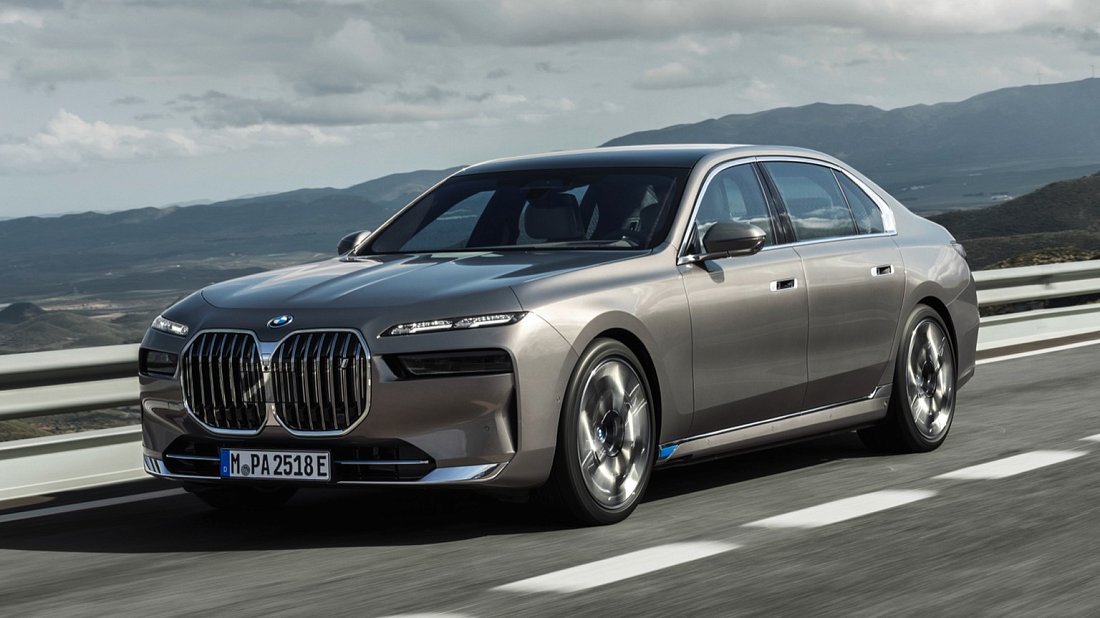NEMA 5-15
- Socket specs
Socket specs
- 120 V, 15 A, 1-phase
- Socket output
Socket output
- 1.8 kW
- Charging 20-80%
Charging 20-80%
- 37 h 40 min


The BMW i7 eDrive50 is an all-electric rear-wheel drive sedan. It came out in 2023.
The BMW i7 eDrive50 has a 105.7 kWh battery pack, allowing it to travel up to 322 mi on a single charge. The car has an average efficiency of 31.6 kWh per 100 miles (or 316 Wh/mile) — ranked №53 out of 586 electric vehicles.
The BMW i7 eDrive50 is equipped with a powertrain that delivers up to 339 kW (455 hp) of power and 479 lb-ft of torque.
This enables a 0 to 60 mph acceleration in 5.3 seconds (ranked №199 out of 586 electric vehicles) and a top speed of 127 mph.
The estimated real-world range for BMW i7 eDrive50 falls between 290–354 miles, ranking it №53 out of 586 electric vehicles. Several conditions can influence this range:
These figures are approximations, and your actual driving range may vary. When planning trips, consider these factors and be prepared for potential charging stops.
For trip planning assistance, utilize the EV Navigation interactive map.
For significantly faster charging, public DC fast-charging stations are available. Although the car can achieve a maximum DC charging rate of 200 kW, factors such as battery temperature and charge level may affect the actual charging speed.
Use our Charging calculator to estimate charging time, rate, and cost.
BMW i7 eDrive50 comes in the following dimensions:
Here's a breakdown of the BMW i7 eDrive50 cargo space: